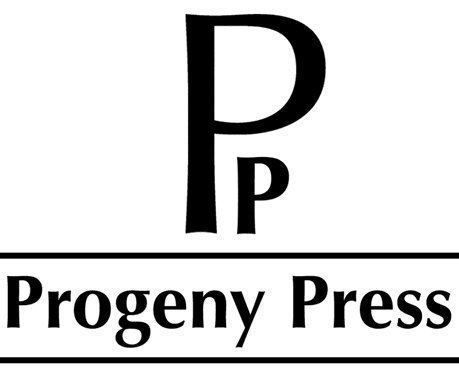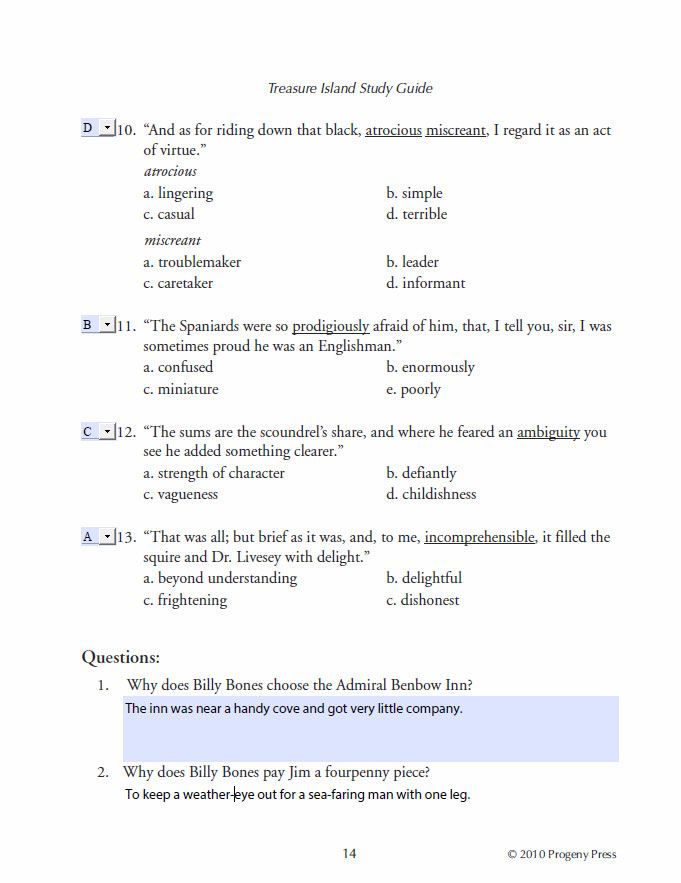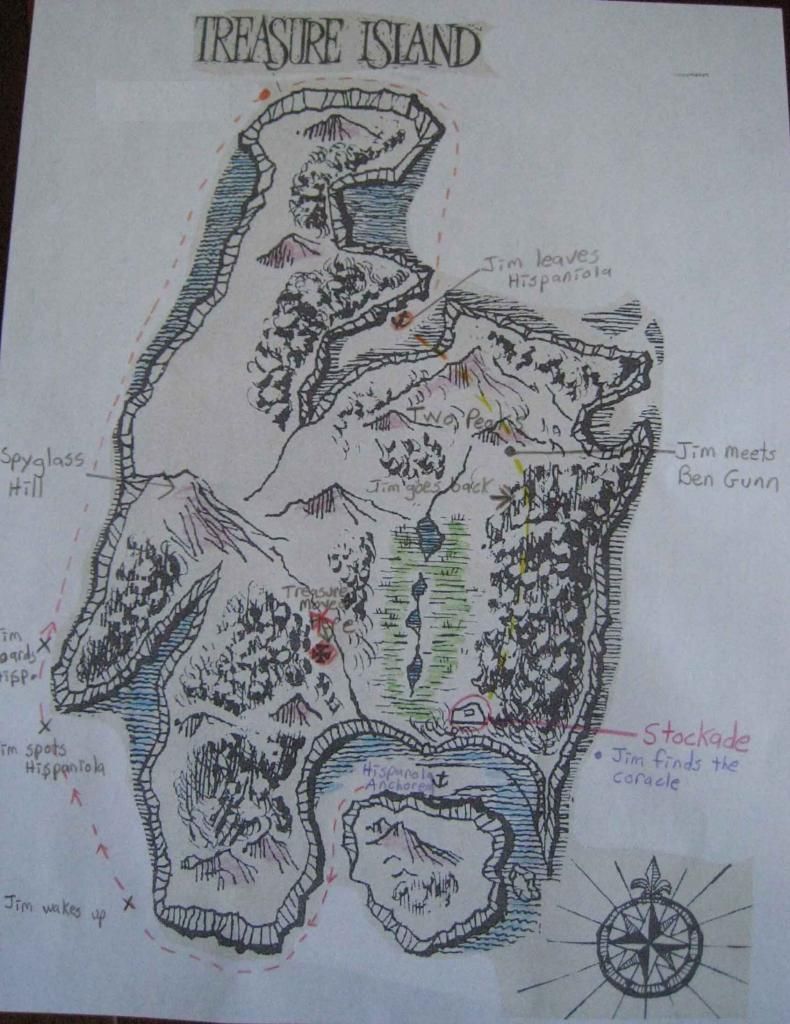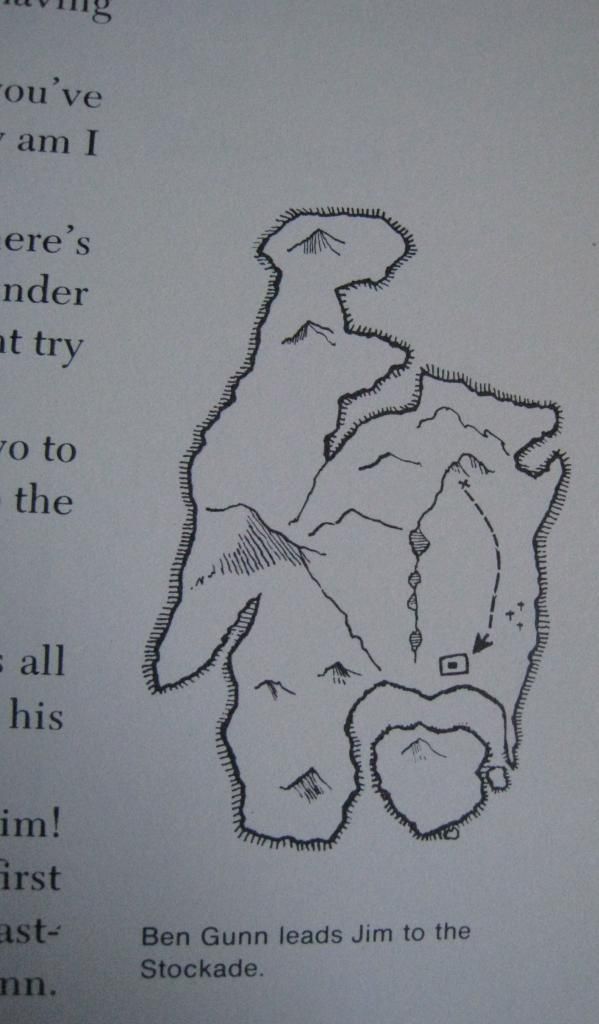
Yo Ho, Mateys! We’ve been having a pirate adventure the past several weeks thank to Progeny Press and their Treasure Island Study Guide. While I didn’t mind my son reading this Robert Louis Stevenson classic, I also didn’t want him to adopt the current world’s view that the pirates are to be celebrated and/or emulated (our local renaissance festival even schedules a separate Pirate Fest in the fall). Fortunately, Progeny Press’s mission statement is “To teach our children to think clearly, to understand literature, and to rely on the scripture for truth and values, and enjoy themselves while they do it!” [emphasis added].

The guide, aimed at 5-8 graders, is available as a printed booklet ($18.99), on CD ($16.99), or an Instant Download ($16.99). The PDF file I received is 57 pages long and is formatted so the student may type his answers into fields on the form.

The guide begins with a synopsis of the book, a brief biography of the author, and some pre-reading activities (In our anticipation of the review, we’d already begun reading the book when we received the guide). Most of these activities were researching types of boats and coins mentioned in the book or finding definitions for archaic terms like “hither” and “thither.” Instead, we just investigated terms as we encountered them while reading. Since this was a review, I chose to read the book with my son and sit with him as he worked in the guide.
We did opt for the “As-you-read” activity to create a map of the island and note locations and events from the story. I scanned and enlarged the map from the title page. We happened to be using the Educator Classic Library edition of Treasure Island that includes many notes and diagrams in the side margins and it included maps so my son didn’t have to “guess” which suits his nature, but your kids may prefer to make an island entirely from their imagination.
 |  |
| Fritz’s Map | Map from Educator’s Classic edition |
The recommended procedure is for the student to read the book the first week of the study while working on the pre-reading exercises. Beginning the second week, the student will work on one study guide page per day until the chapter sections are completed, referring back to the text as needed. That was a little too much reading for my son to handle. The guide breaks the book into six sections. Each week, he would read the chapters for a section and then we would work on the corresponding guide material.
Each section begins with exercises for new vocabulary words—finding synonyms, determining meaning from context, etc. Then were a series reading comprehension questions (none of which can be answered with a simple one word response). We usually ended up discussing these before my son typed anything. He has trouble determining motives behind behavior so the “why” questions were tougher than the “who” or “what” questions.
The Thinking About the Story” questions really introduced literary concepts like: foreshadowing, dialect, pace, stereotypes, mood, irony, etc. I think Schnickelfritz’s favorite exercise involved idioms and imagining if the sayings were literal rather than figurative (like a picture of “Long John’s eyes burned in his head”).
The final Dig Deeper questions led us to Scripture verses and then asks us what these verses could teach us or story characters as the dealt with situations in the book ( e.g. What could Squire Trelawney learn from Proverbs 17:28 and Ecclesiastes 3:1?)
I did not assign any of the essays at the end of the guide. These involve research on sea shanties, famous pirates, character analysis of Long John Silver, a creative writing to make Benn Gunn’s diary, and a comparison of Treasure Island to The Coral Island by Ballantyne. Still, we certainly got more out of this review than just a good pirate adventure.



No comments:
Post a Comment